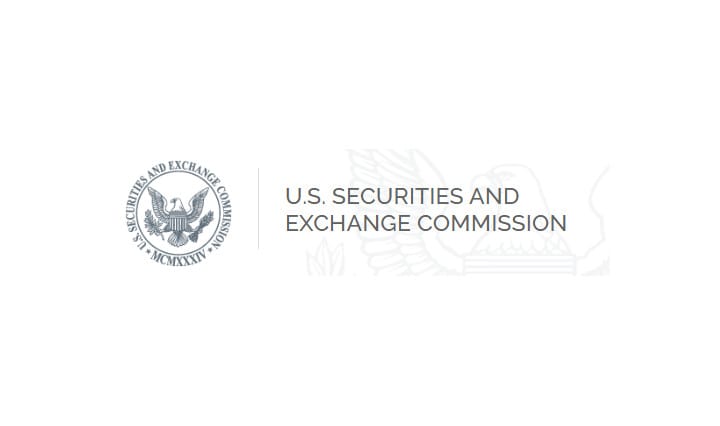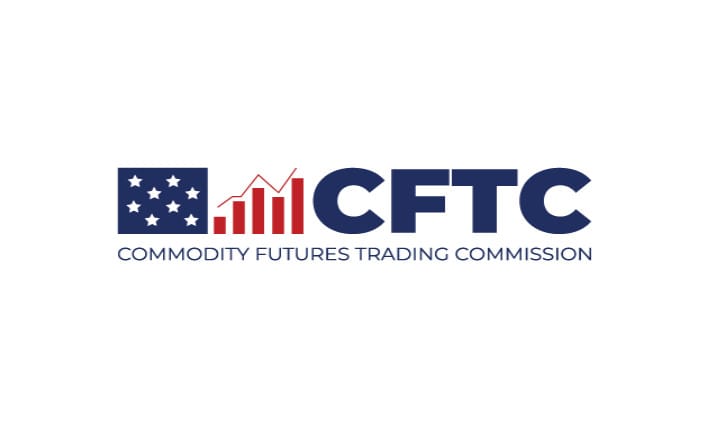Caroline Crenshaw: "This could help the SEC reconstruct market events & design responses to events that take place during times of volatility similar to the “meme” stock episode that might happen in the future."

SEC Commissioner Caroline A. Crenshaw Statement Regarding the Reporting of Securities Loans (Rule 10c-1a) and Short Position and Activity Reporting (Rule 13f-2) includes some interesting nuggets as to 'why' she supported both rules.
Reporting of Securities Loans (Rule 10c-1a)
To level set, in its 2020 Annual Report (“Report”) the Financial Stability Oversight Council (“FSOC”) described securities lending as “support[ing] the orderly operation of capital markets, principally by enabling the establishment of short positions and thereby facilitating price discovery and hedging.”[2] The Report estimated that at the end of September 2020, outstanding global securities lending volume was $2.5 trillion, with around 57 percent of that volume attributed to the United States.[3]
This large market has important implications for Main Street investors. Securities lenders are generally large institutional investors, including pension funds, and pension funds have increasingly cited securities lending as providing an important income-enhancing strategy, which helps defined-benefit pension funds generate income.[4] The majority of passive and exchange traded funds (“ETFs”) also engage in securities lending, making it an important source of revenue that can compound each year to offset fees and transaction costs, and potentially improve investor returns.[5]
At present, parties to securities lending transactions are not required to report the material terms of those transactions, which makes it difficult for both end borrowers and lenders to know whether the terms of the loans they receive are consistent with market conditions. By requiring the reporting and publication of more granular information about certain material terms of covered securities loans, Rule 10c-1a would aid investors in evaluating the terms of their loans and identifying trends in both individual securities and the broader market. In addition, Rule 10c-1a would require that information related to the aggregate transaction activity and distribution of loan rates for each reportable security be made publicly available. Aggregate transaction activity would provide volume transparency to market participants, while distribution of loan rate information could help market participants compare the pricing of their covered securities loan against the pricing of other covered securities loans.
I am pleased to support this rule and fulfill the statutory mandate of Section 984 of Dodd-Frank, which is long overdue. I would like to thank the staff in the Divisions of Trading and Markets, Economic and Risk Analysis, and the Office of the General Counsel for their hard work.
Short Position and Activity Reporting (Rule 13f-2)
It is no secret that short selling has attracted policy attention, especially during periods of volatile trading such as the early 2021 “meme” stock episode, in which a dynamic involving short selling and social media was broadly reported on by the media.[6] Congress even held several hearings and considered multiple legislative proposals associated with these developments in 2021.[7] Overall, the episode highlighted the limitations for regulators of using existing short sale-related data to reconstruct market events like the “meme” stock events of January 2021.[8]
The reporting regime under Rule 13f-2 that we are considering today would supplement currently available short sale-related data in a few important ways. First, Rule 13f-2 and Form SHO would help fill an information gap for market participants and regulators by providing insights into increases and decreases in reported short positions, which would allow the Commission to observe how large short sellers respond to heightened volatility.[9] Specifically, the Commission would be able to observe on which days reporting short sellers most actively increase or decrease their short positions with more precision, and then correlate this activity to market conditions on those days.[10] This could help the Commission reconstruct market events and design responses to events that take place during times of volatility similar to the “meme” stock episode that might happen in the future.
Second, the rule would provide aggregated short sale‑related data in a readily accessible location (i.e., EDGAR or the Commission website) that is free and accessible to all investors and other market participants.[11] This approach contrasts with that of some exchanges, which provide short sale-related data for a fee.
Third, the institutional investment managers (“Managers”) who would be required to report under the rule represent a more diverse group of market participants than are required to report under FINRA’s current short interest reporting regime, which is applicable only to broker dealers that are FINRA member firms.[12] In addition to brokers and dealers, Managers may include investment advisers, banks, insurance companies, pension funds, and corporations. The data reported by these Managers could provide additional context to existing data by distinguishing their directional short selling from short sale activity effected by market makers and liquidity providers. This should provide market participants with more focused information on substantial short positions held by Managers.
I am pleased to support this rule and fulfill the statutory mandate of Section 929X of Dodd-Frank. I would like to thank the staff in the Divisions of Trading and Markets, Economic and Risk Analysis, and the Office of the General Counsel again for their work on this rule.

TLDRS:
- SEC Commissioner Caroline A. Crenshaw releases statement in support of Reporting of Securities Loans (Rule 10c-1a) and Short Position and Activity Reporting (Rule 13f-2).
- "Aggregate transaction activity would provide volume transparency to market participants, while distribution of loan rate information could help market participants compare the pricing of their covered securities loan against the pricing of other covered securities loans."
- "Overall, the episode highlighted the limitations for regulators of using existing short sale-related data to reconstruct market events like the “meme” stock events of January 2021."
- "Specifically, the Commission would be able to observe on which days reporting short sellers most actively increase or decrease their short positions with more precision, and then correlate this activity to market conditions on those days."
- "This could help the Commission reconstruct market events and design responses to events that take place during times of volatility similar to the “meme” stock episode that might happen in the future."
- "The data reported by these Managers could provide additional context to existing data by distinguishing their directional short selling from short sale activity effected by market makers and liquidity providers."



